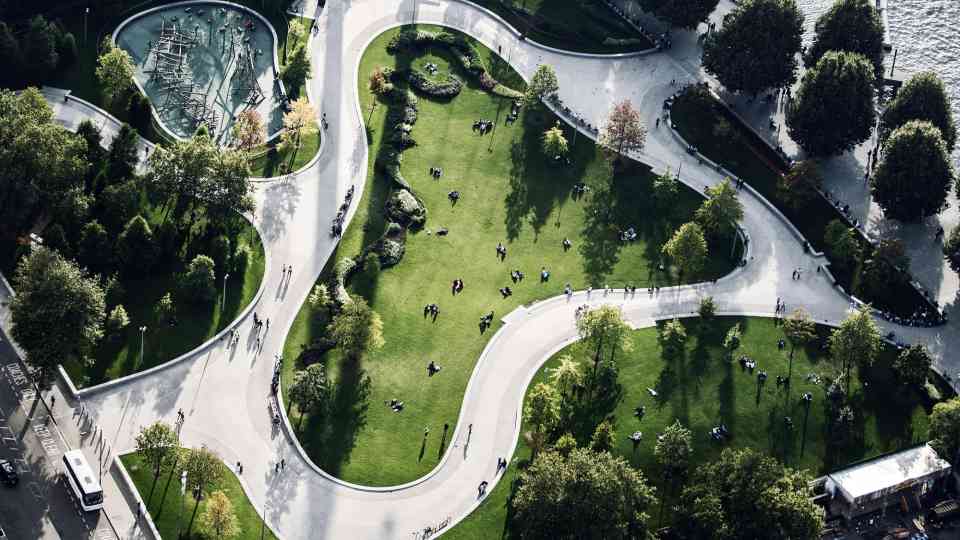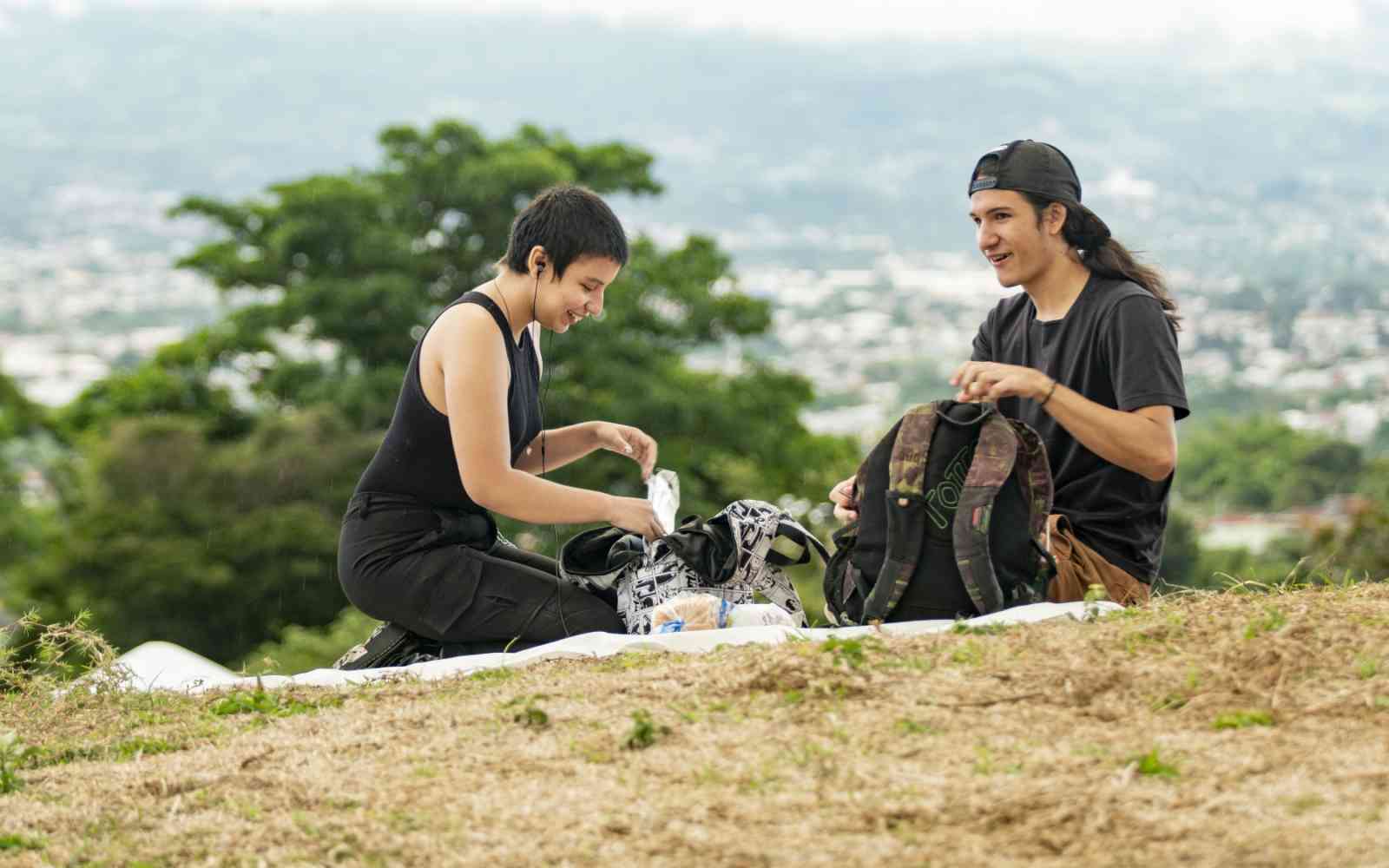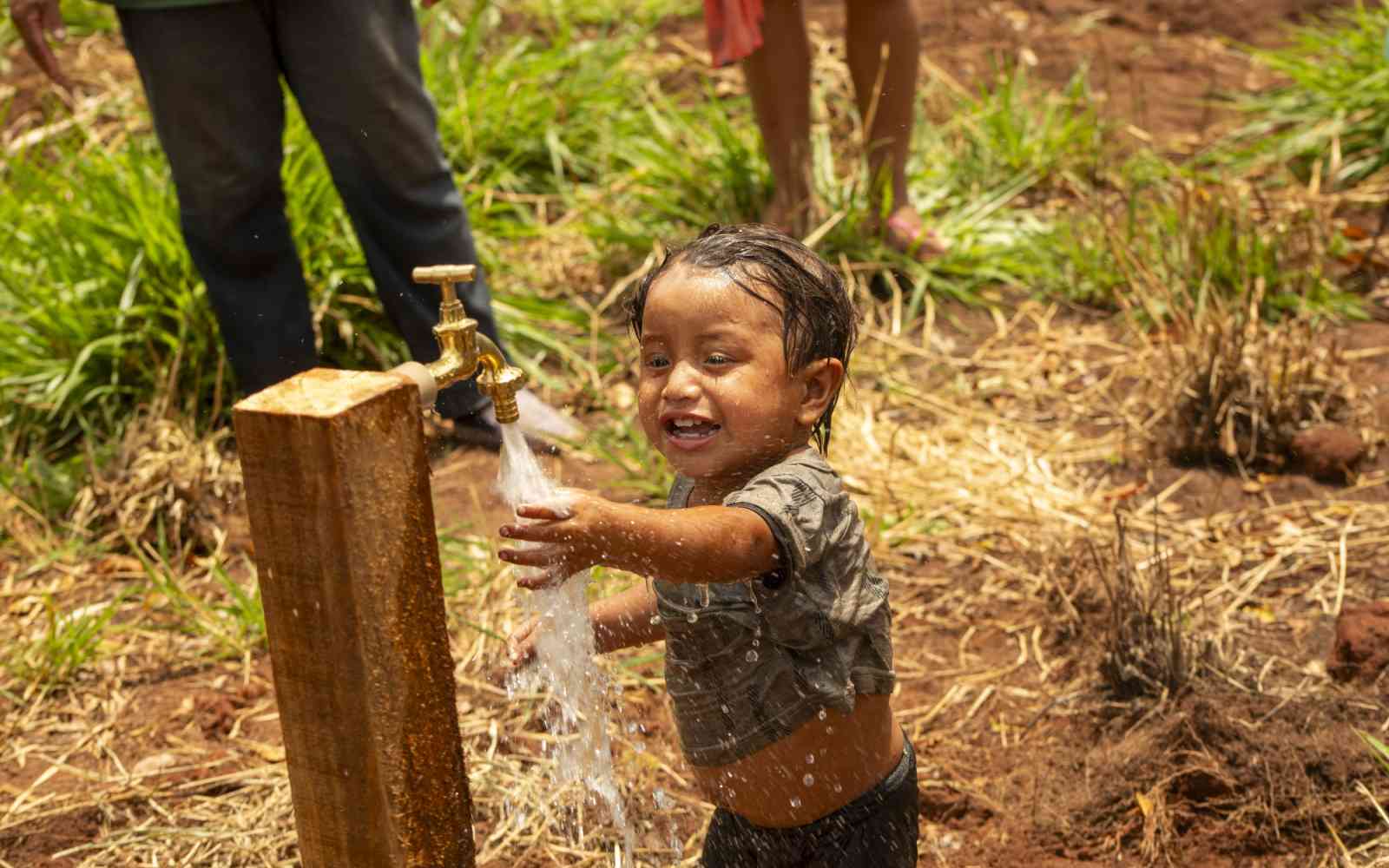The United Nations Office for Project Services (UNOPS)

Making space for youth in Costa Rica
In Costa Rica, an inclusive urban infrastructure project is providing a lifeline for youth living in disadvantaged neighbourhoods.
In the southern neighbourhoods of Alajuelita – a municipality in the province of San José – residents struggle with high rates of violence and drug-related crime.
Limited access to education and a lack of opportunity increase inequalities and the risk of social exclusion and poverty. Among the residents, women and young people are particularly affected.
“The situation with drugs is terrible with the youth and because this is such a marginalized neighbourhood, the young people don’t have a place to go to relax, where they can play,” says Evelin Patricia Porra Suárez, resident of the El Jazmín neighbourhood.
Alajuelita's growing population highlights the need for better urban planning to ensure equitable access to green spaces and recreational areas for all residents. The lack of such spaces affects the communities’ health and well-being and diminishes quality of life. Addressing these challenges is essential for fostering social cohesion.
In response, UNOPS worked with the Ministry of Culture and Youth of Costa Rica on an inclusive and sustainable urban infrastructure project that is providing 8 hectares of recreational area and green space to nearly 90,000 residents, including around 13,400 young people.
Located in the Tejarcillos neighbourhood, in the Municipality of Alajuelita, the Human Development Park includes 1.9 km of trails, three pedestrian bridges to connect neighbourhoods, a multi-purpose sports court and a skatepark.
We often only hear about poverty, lack of work and youth going astray, and this project is wonderful. It is an opportunity for change, for something different.
The park is a huge opportunity for the development of the community as well as for the new generations. There’s nothing better than sports to maintain a healthy life, so this is truly excellent and a big step forward for our country.
This is our commitment to our children, youth and elderly, providing spaces for healthy recreation. That's why we call on the community to enjoy, but also take care of, this space, because we need it to be maintained over time.
“I take care of my park”
Young people are at the heart of the project.
The park has a strong focus on youth as the primary users of the space. Their perspectives, their needs and ambitions have helped define the park’s infrastructure and the recreational amenities.
UNOPS worked with the Costa Rican Skateboarding Federation on identifying design improvements for the skatepark while savings generated throughout the project were used to incorporate additional recreational elements for children – such as three playground areas.





As a young professional, working closely with the communities allowed me to understand more about their needs for recreational spaces – especially for the children who used to play in unsafe areas. It is a joy to see this park be a reality today.
Working with local associations, participatory workshops and community mobilization activities helped foster youth engagement – building a sense of community around the space and overcoming differences.
Local high school students were invited to visit the construction site, learn about the project and participate in the reforestation efforts while other young people from the neighbourhoods attended a graffiti workshop to create murals and help prevent vandalism in the park.
Community mobilization is paramount to recreational infrastructure projects to develop community ownership, prevent conflicts and future degradations. The community is key to ensure that the work can benefit the youth of today and tomorrow – fostering long-term sustainable development in cities.






Local associations have been instrumental to the project. They participated in site visits with the project team to inform their communities on the progress of the work.
Anna Patricia Vallecillo, a neighbour of the park and Vice President of the Tejarcillos Integral Development Association recalls being consulted in the early stages of the project. She was also part of the local workforce hired on the construction site to boost local income and improve the communities' livelihoods.
We were told about the project and were asked for suggestions, to help with the community rights and what difficulties there could be. I am very passionate about it because it is for children, and it was a much-needed change.
A park for everyone
The Human Development Park aims to leave no one behind.
The 1.9 km of trails meet universal accessibility criteria for people with disabilities. The paths are wheelchair-friendly and the tactile paving provides guidance for individuals with visual impairments throughout the entire route. Thoughtfully designed spaces ensure everyone feels welcome and safe.
Older adults can socialize and enjoy friendly competition at the games tables while children can play together, with a special swing designed to include those with disabilities. Public lighting ensures everyone can enjoy the park's recreational and sports areas around the clock, promoting safety and well-being for the entire community.
Mexalina Villareal, a resident of Tejarcillos, feels safe and secure going around the park. “There is more security when we come for a walk with the children because there is light,” she says.
"This project, which the inhabitants of Alajuelita have awaited for many years, is today a reality. (...) This beautiful park will bring health and well-being to the community," says Esteban Vega, former Deputy Minister of Health.
Today, the park has become a community gathering place, where youth and people from all walks of life come together to connect, play and relax. The new green space has helped break down barriers and build a more resilient and inclusive Alajuelita.




















